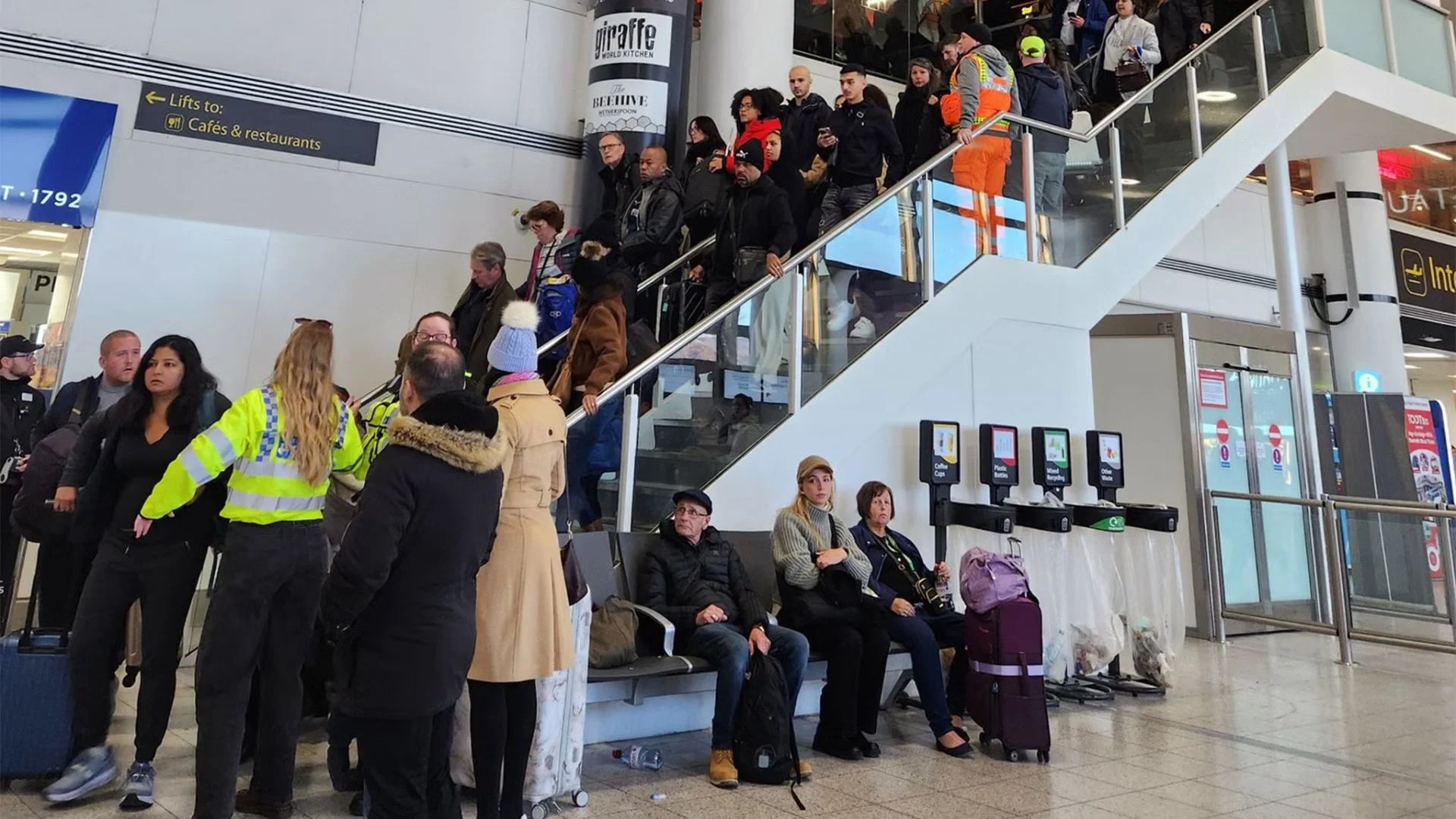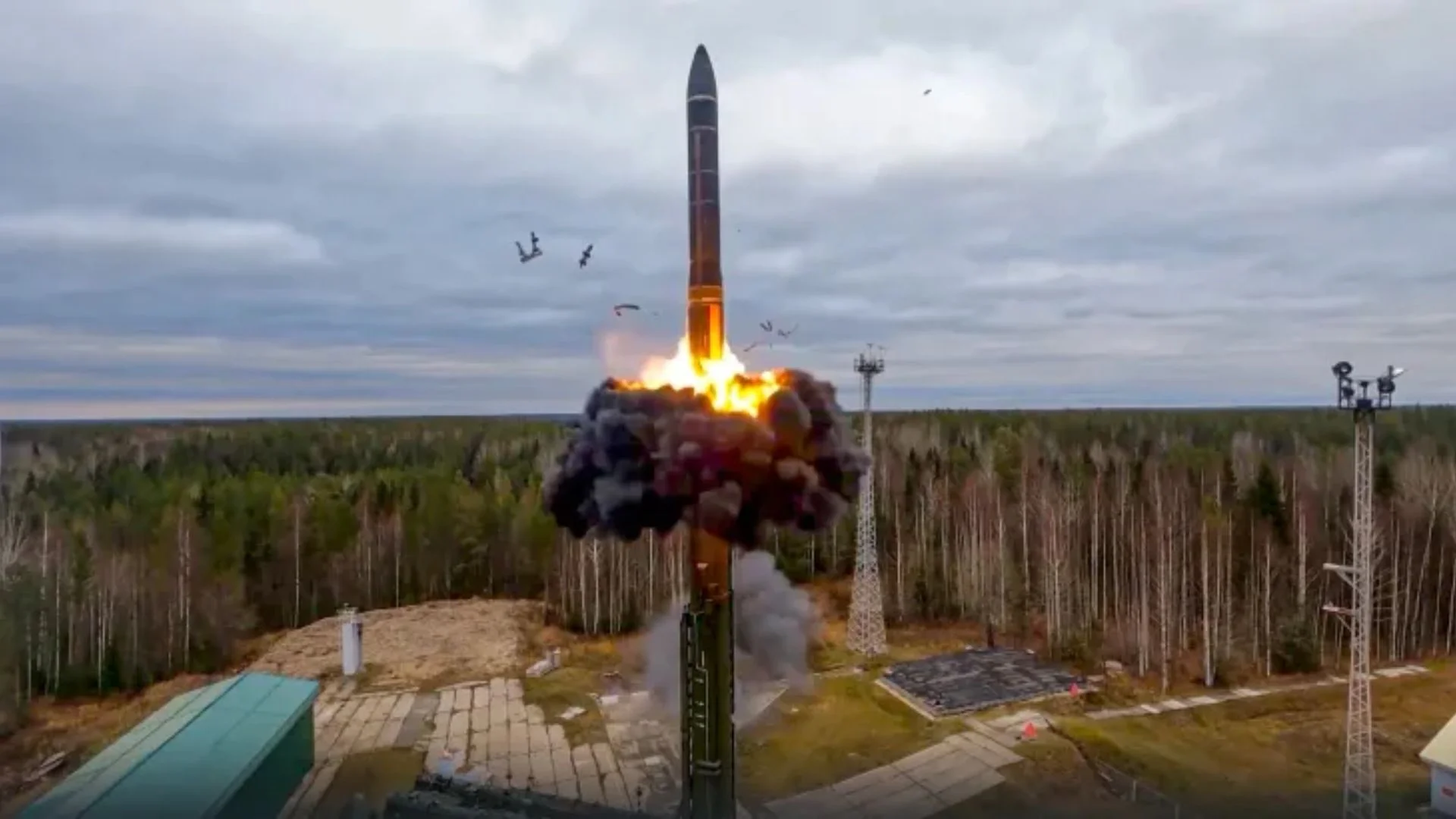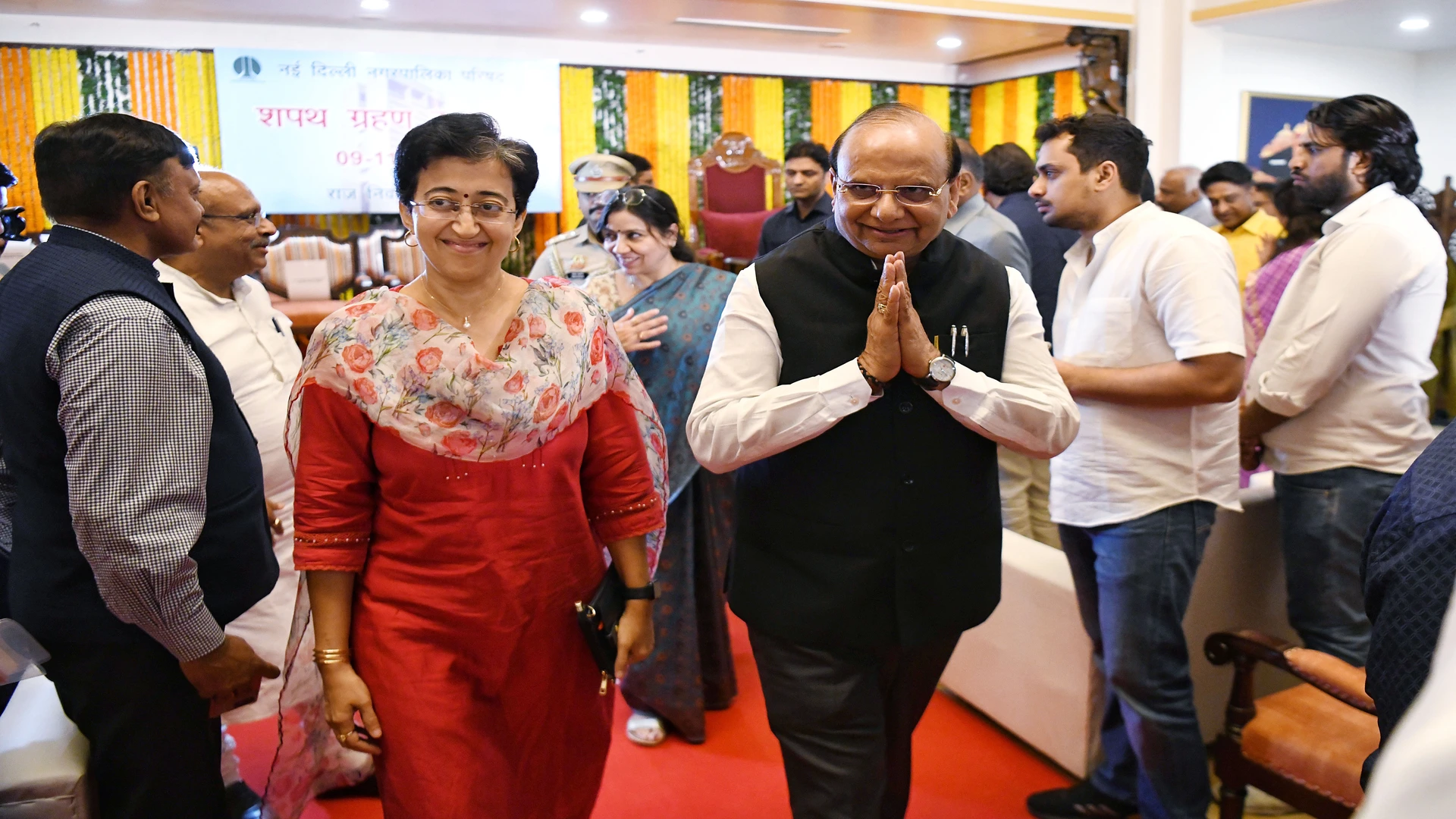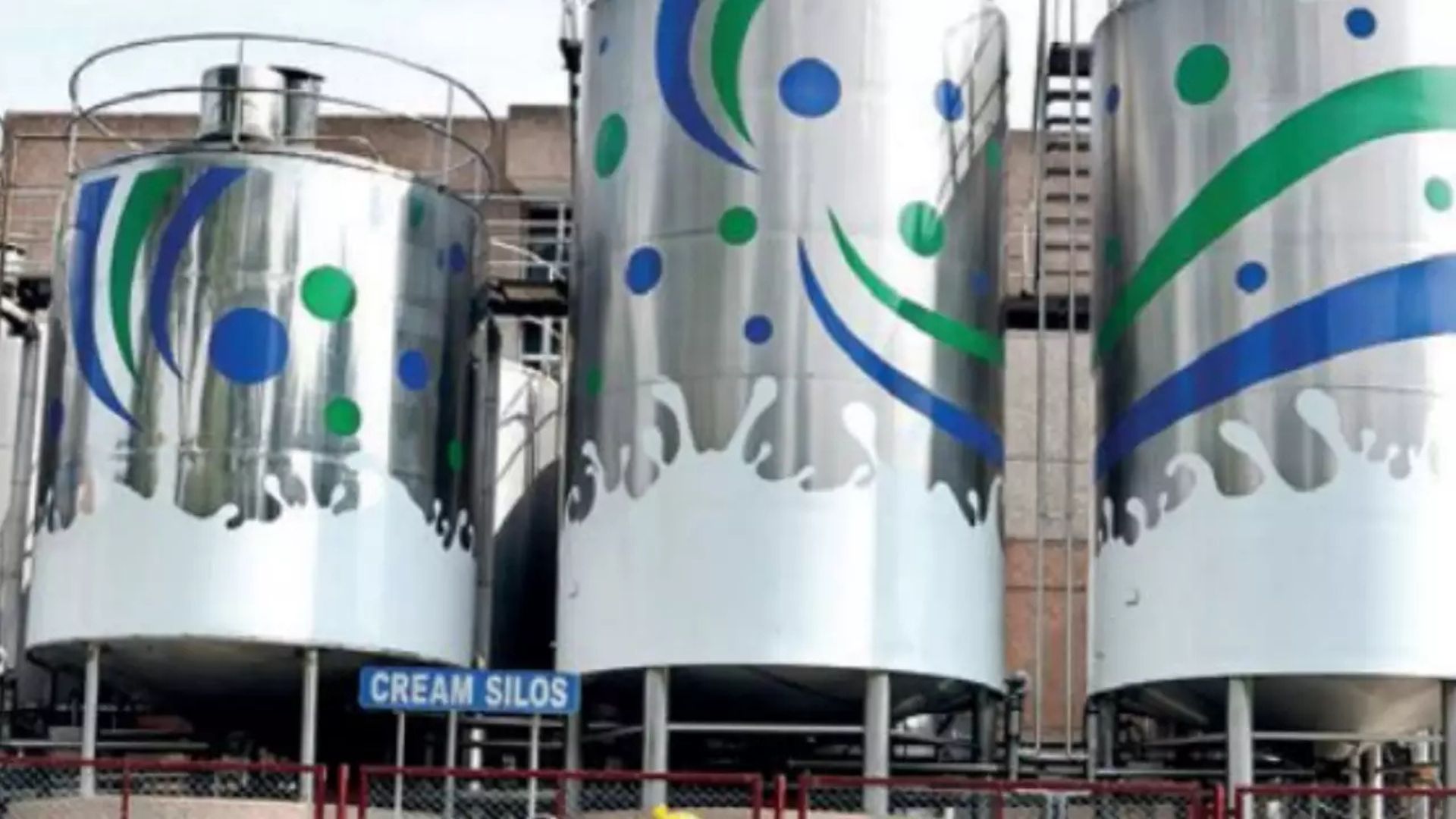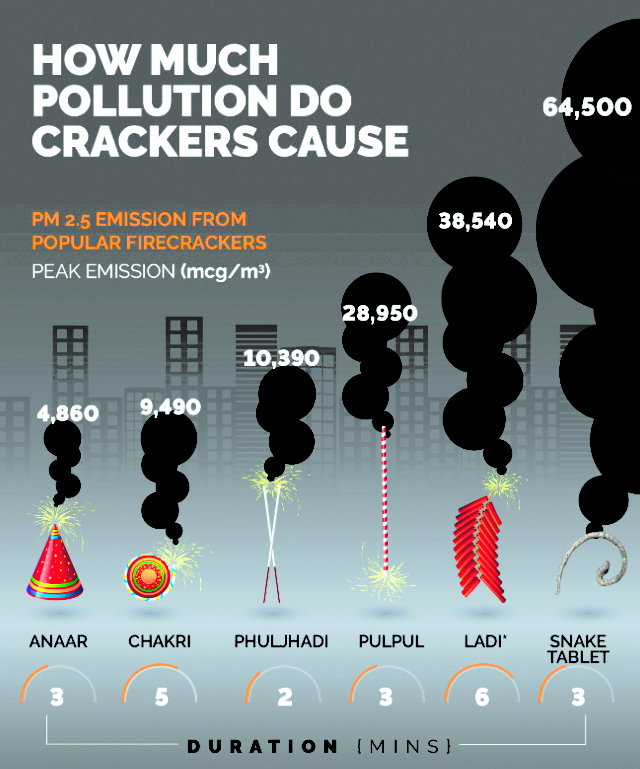

The concentration of fine particulate matters PM2.5 and PM10, known for causing respiratory issues, surged during Diwali, rising by 45 percent and 33 percent, respectively, compared to the previous year. The Delhi Pollution Control Committee (DPCC) conducted an analysis revealing these alarming figures. An Air Quality Index (AQI) above 400, as per Central Pollution Control Board (CPCB) standards, is considered severe, posing severe health risks, especially to those with respiratory ailments. Almost all air quality monitoring stations in Delhi recorded heightened pollution levels on Diwali day compared to the previous year.
The DPCC reported a 24-hour average PM10 concentration of 430 micrograms per cubic meter on Diwali, a notable increase from 322 micrograms per cubic meter last year. Similarly, the 24-hour average PM2.5 concentration stood at 314 micrograms per cubic meter, up from 217 micrograms per cubic meter in the previous year. The overall air quality index on Diwali reached 276, categorizing it as “poor.”
Stubble burning, a significant contributor to PM2.5, played a role in this increase. PM2.5 levels resulted in an AQI of 216, while PM10 contributed to an AQI of 226. Delhiites woke up to smog-covered skies on Diwali, impacting visibility and overall air quality. Visuals from iconic locations like India Gate and Lodhi Road depicted the severity of the smog engulfing the city.
On the day before Diwali in 2022, the AQI recorded a relatively lower value of 259, the lowest for the day before Diwali in seven years. The CPCB categorizes AQI levels, with values between 301 and 400 considered “very poor,” and those between 401 and 500 labelled as “severe.” Last year’s Diwali AQI was 382, rising to 462 the following day.
DPCC data highlighted an increase in the concentration of PM10 in 2023 compared to 2022 at most monitoring stations, excluding Alipur, Patparganj, Najafgarh, Karni Singh Shooting Range, and Okhla. Similarly, an increase in the concentration of PM2.5 was observed at all stations except Sri Aurobindo Marg, Vivek Vihar, and Karni Singh Shooting Range.
Notably, all gaseous pollutants, including ammonia, sulphur dioxide, nitrogen dioxide, carbon monoxide, ozone, and benzene, remained within prescribed standards, according to the DPCC. Despite this, the rise in particulate matter indicates a significant challenge in curbing air pollution during Diwali.
The increase in pollution levels reinforces the need for stringent measures to control the adverse environmental impact of festive celebrations. Public awareness and adherence to regulations, particularly regarding the use of firecrackers, play a crucial role in mitigating the harmful effects of air pollution. Policymakers and authorities must consider comprehensive strategies to address the issue, focusing on sustainable practices and public health awareness. The annual struggle against increased pollution during Diwali underscores the importance of ongoing efforts to create a cleaner and healthier environment for all residents of the national capital.
The concentration of fine, lung-damaging particulate matters PM2.5 and PM10 increased by 45 percent and 33 percent respectively on Diwali compared to last year, according to an analysis by the Delhi Pollution Control Committee (DPCC).
According to CPCB standards, an AQI above 400 is severe and not only can it worsen the health of people already suffering from respiratory ailments, but also negatively impact healthy people.
The pollution control body also said nearly all air quality monitoring stations in the national capital recorded an increase in pollution levels on Diwali day compared to the previous year.
Delhi’s 24-hour average PM10 concentration on Diwali (Sunday) stood at 430 micrograms per cubic meter, an increase from 322 micrograms per cubic meter last year, and 748 micrograms per cubic meter in 2021, the DPCC report showed.
